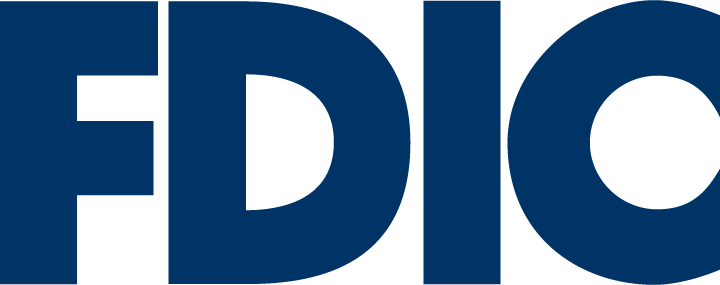
.Bank
Information from United Roosevelt Savings Bank
United Roosevelt Savings Bank’s website address has changed from a ‘.com’ to a ‘.bank’ domain. Shifting to the ‘.bank’ address delivers a higher security level to our customers, which helps us continue to fulfill our promise to make banking better for you. We’ve answered a few frequently asked questions to help you understand our rationale for the change.
What is a ‘.BANK’ domain?
You’ve likely searched online for a government, educational, or non-profit website and noticed .gov, .edu, or .org in the address, extensions that identify the organizations’ unique characteristics. The ‘.bank’ domain is similar in that it readily tells you the website you’ve found is a bank. Unlike a .com extension that anyone can purchase, a .bank in a website URL or an email address is only available from verified banks.
How does the ‘.BANK’ domain improve security?
To obtain the ‘.bank’ extension, banks across the U.S. must complete a verification and authentication process run by fLTD, an affiliate of the American Bankers Association. The fLTD organization manages the ‘.bank’ domains and re-verifies bank eligibility annually. Having a ‘.bank’ domain means hackers can’t create lookalike addresses to phish for personal information and steal identities, a practice that’s easier to accomplish with a .com extension.
When you see ‘.bank’ in an email address from your community bank, you’ll know the communication is authentic. The visual cue and authentication also protect our internal team and our suppliers from breaches or financial fraud.
What are the requirements for the .BANK domain?
Qualifying for the ‘.bank’ extension means fulfilling security requirements, including:
- Email authentication, a technology designed to prevent the use of forged emails to capture personal information. The authentication software like Sender ID, or DomainKeys Identified Mail) confirms the sender’s identity. When verification of identity isn’t possible, emails are blocked, or recipients receive notice that the sender’s identity is unauthenticated.
- Encrypted connections transform information into coded messages that hide transferred data from third parties.
- Domain name system security confirms that you connect with your community bank’s website and not a fraudulent site.
The enhanced security protects customers, teams, and vendors from cyber-attacks. The fLTD continually monitors banks’ compliance with security requirements.
Why doesn’t every bank have a .BANK domain?
Moving from a .com to .bank extension for website and email communications isn’t required; it’s a business decision each bank makes based on resources and priorities. The United Roosevelt Savings Bank leadership team decided to invest in the additional security to give our customers a quick way to confirm our emails and website are authentic.


